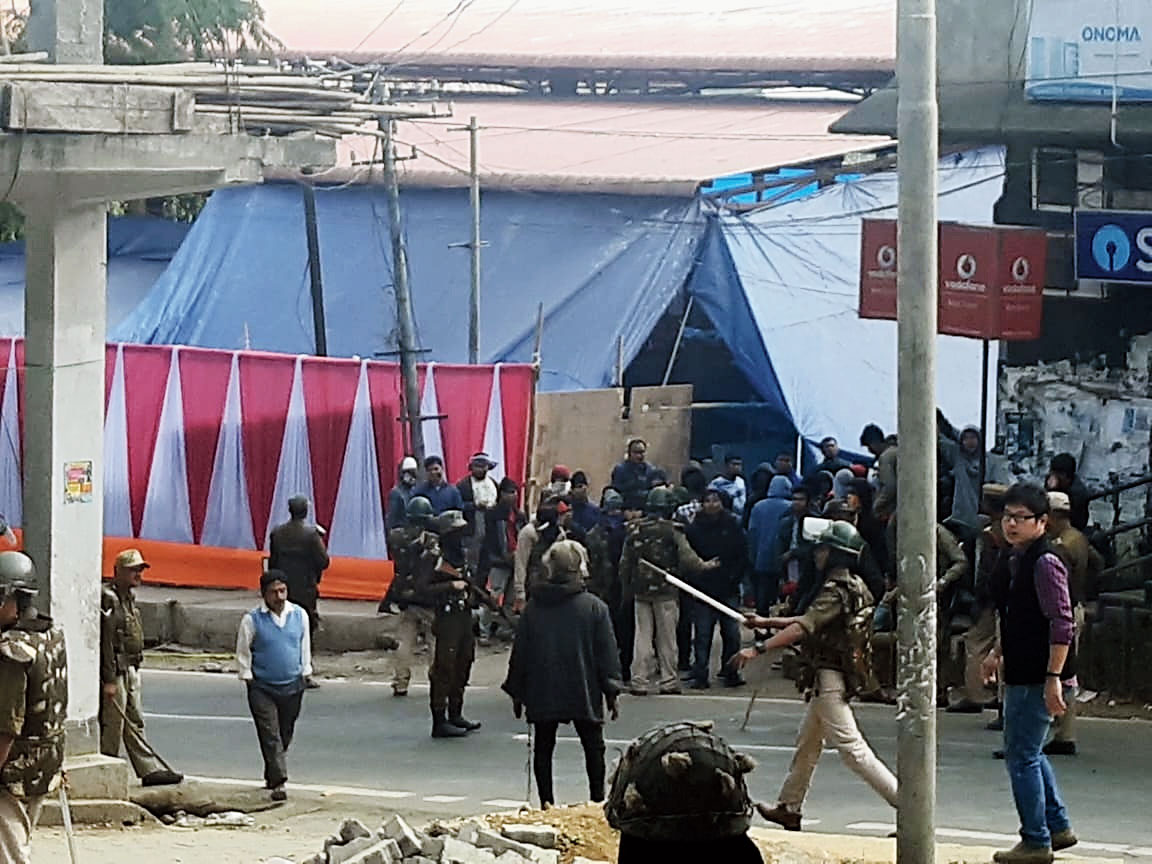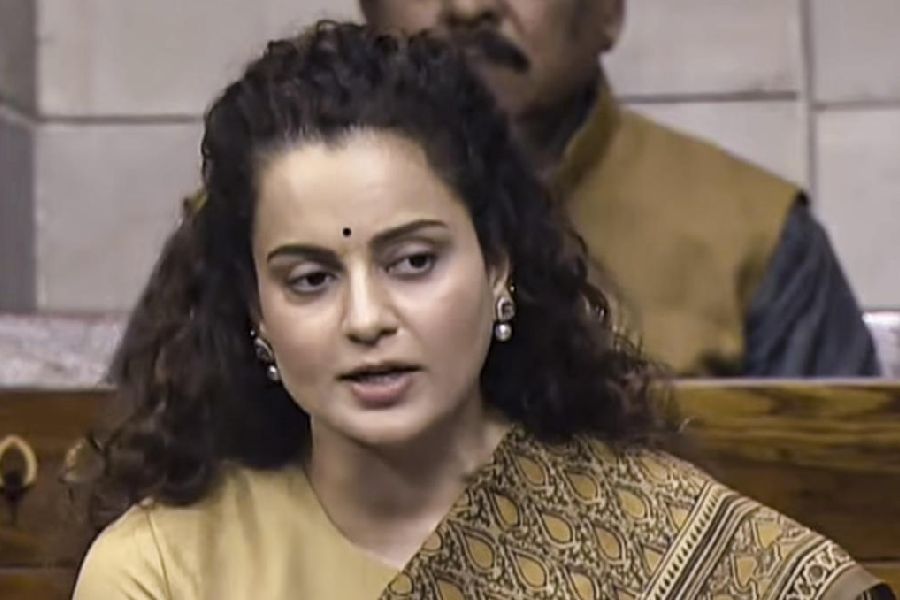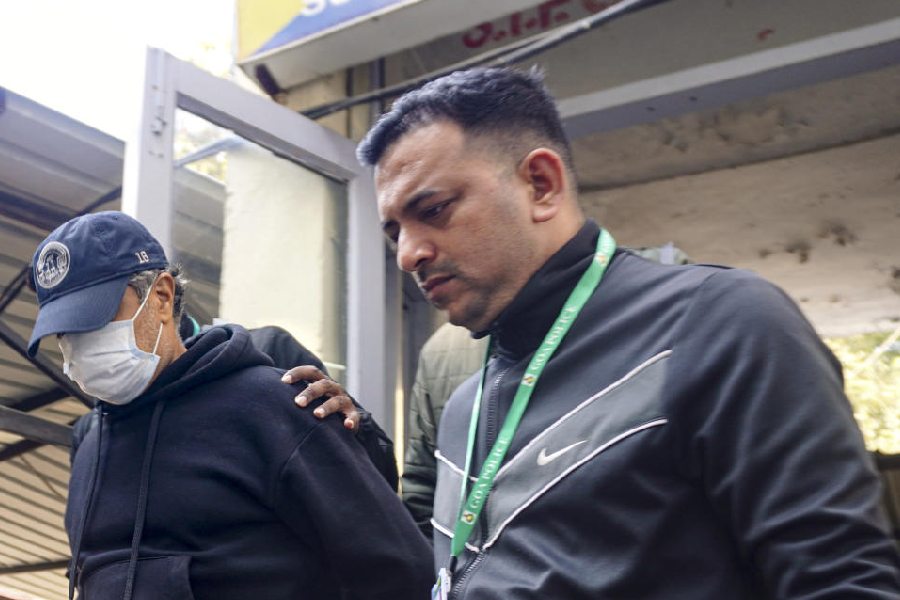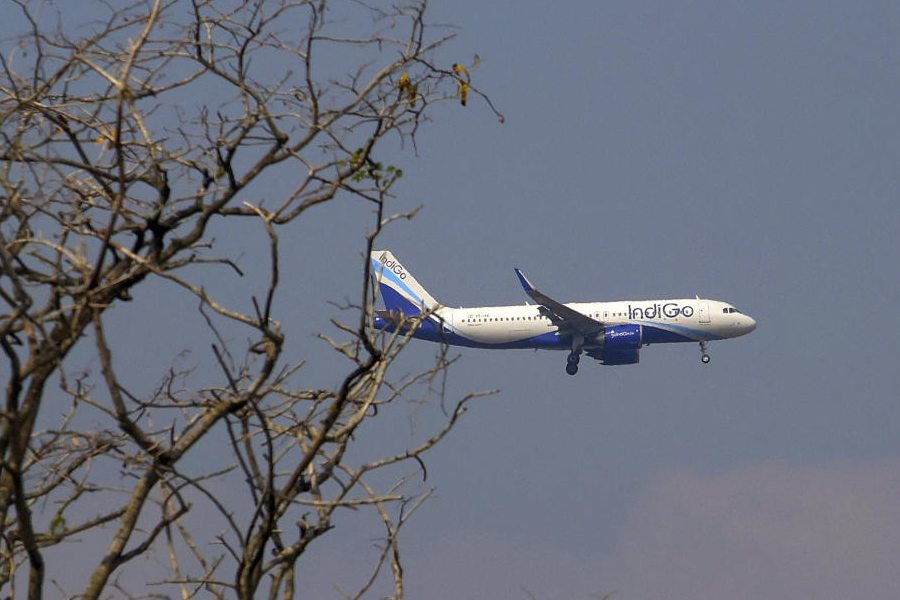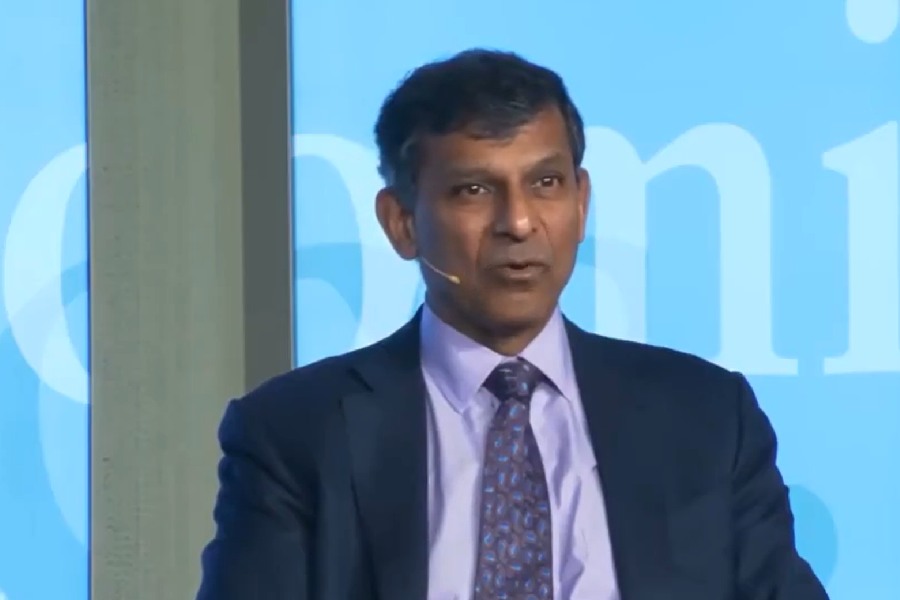At least three bandh supporters were injured in a clash with a group of bikers at Haflong town during a 12-hour strike called by the North Cachar Hill Indigenous Peoples’ Forum (NCHIPF) in Dima Hasao district of Assam on Thursday.
The Forum called the bandh from 5am on Thursday to demand a separate autonomous district under provisions 1(3) (c) & 2 (1) of Articles 244(2) and 275 (1) of the Sixth Schedule.
The injured are the president of the North Cachar Hills Indigenous Students’ Forum, David Keivom, activist of the North Cachar Hills Indigenous Women’s Forum, L. Vaiphei and an activist of the Forum, David Kuki.
The police and the district administration tightened security measures in view of the bandh.
The district magistrate clamped Section 144 CrPC in the district, prohibiting assembly of more than five persons.
The Forum also demanded immediate implementation of the recommendations of the report of a task force under the chairmanship of former state chief secretary and additional chief secretary, Assam government, P.P. Verma, who recommended the creation of a separate autonomous district and a separate autonomous district council.
The Forum’s working president, Samsuldimbe Jeme, said, “We held a discussion with all apex bodies and decided to call an indefinite bandh from Tuesday.”
The bandh was lifted at 5pm and no other incident was reported. The bandh was total in Haflong, Mahur and Harangajao but did not affect other parts of the district.
The Forum had earlier stated that it was formed to protest the move of the Dimasas of the district to change the name of the district to a Dimasa dialect.
It began the demand to bifurcate the district for the non-Dimasas who comprise 67 per cent of the population of the district.

